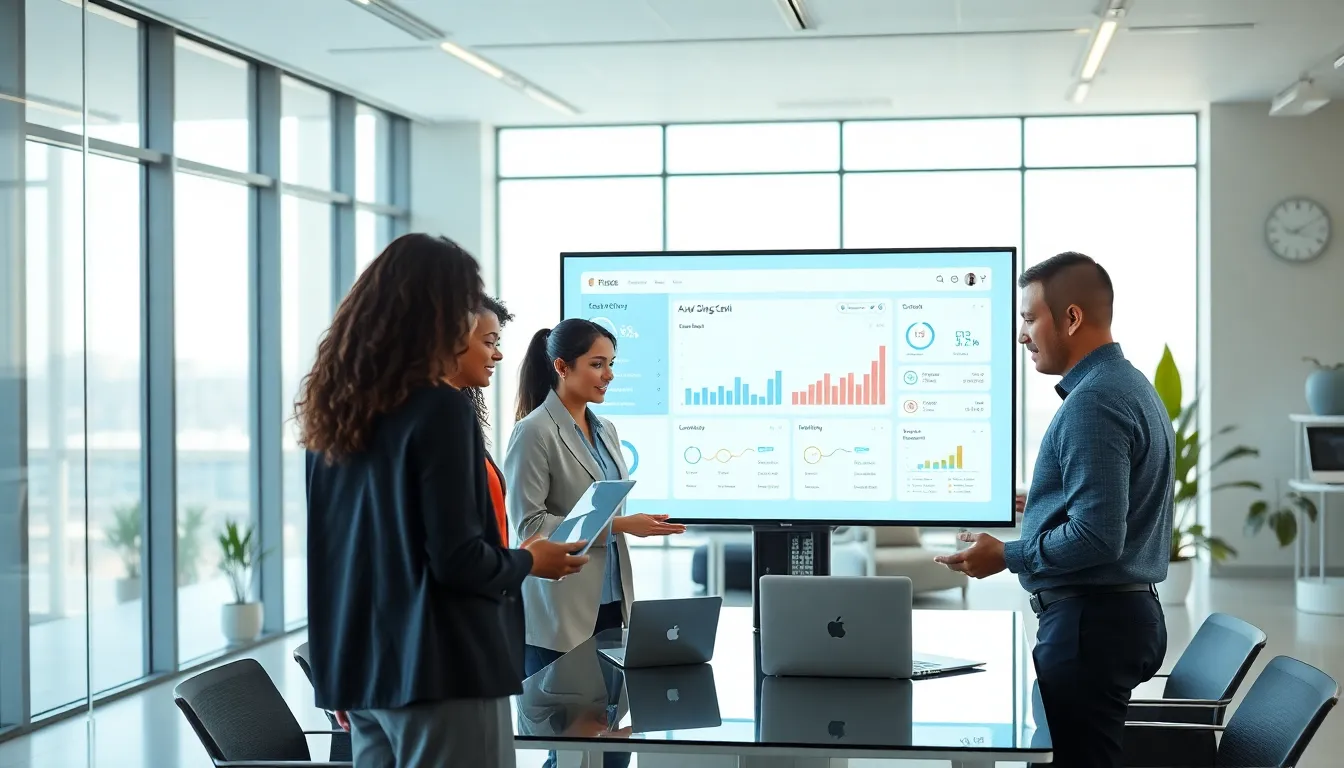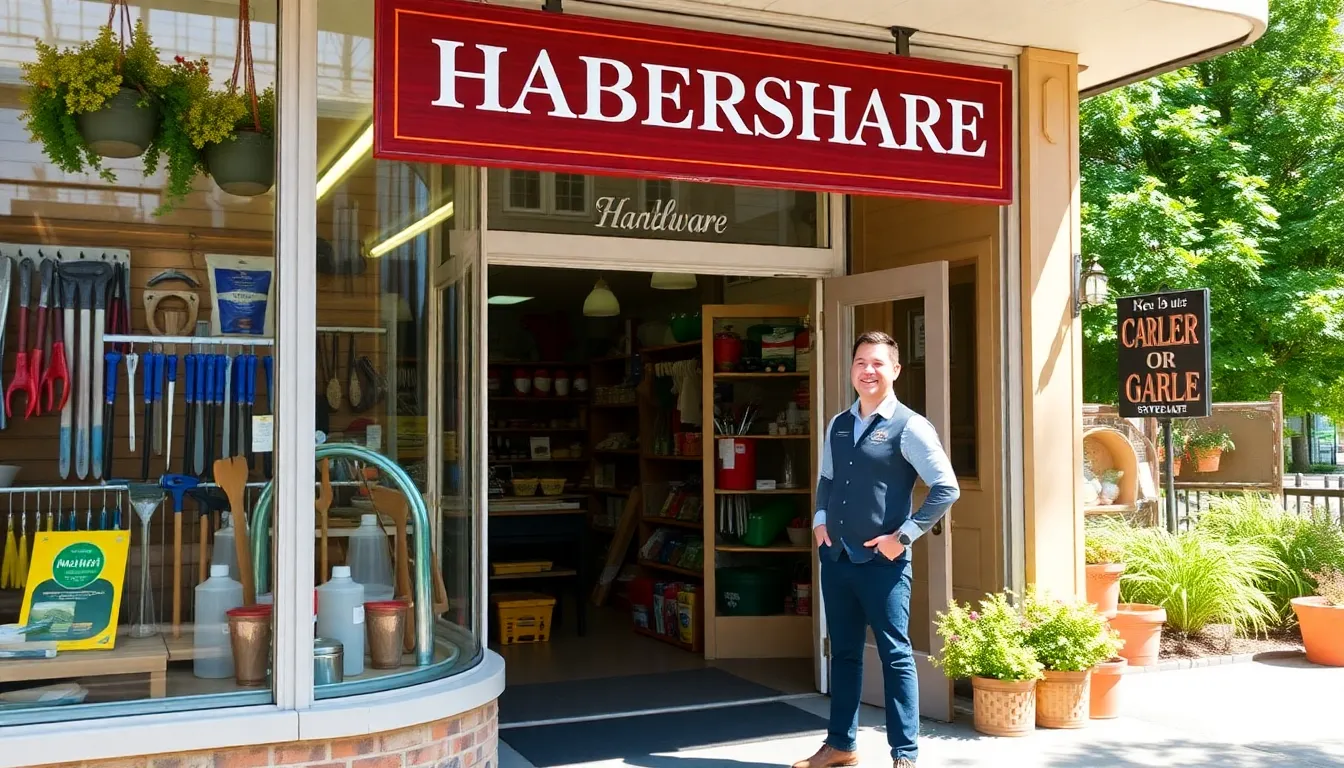Navigating the world of customer relationship management can feel akin to searching for a needle in a haystack. With options flooding the market, understanding the nuances of SaaS CRM software is critical. This article breaks down everything you need to know about how SaaS CRM can revolutionize your business, arming you with insights, a sprinkle of humor, and, of course, confidence to make informed decisions. So, grab a cup of coffee and let’s jump into the delightful universe of software as a service.
Table of Contents
ToggleWhat Is SaaS CRM Software?

To start, SaaS CRM software, or Software as a Service Customer Relationship Management software, allows organizations to manage and analyze customer interactions and data throughout the customer lifecycle. Hence, it aims to improve customer relationships, retain existing customers, and drive sales growth.
Unlike traditional CRM solutions that require hefty server installations and complex updates, SaaS CRM is cloud-based. So users gain access via the internet, which translates into lower upfront costs and easier scalability as business needs change, because who doesn’t love flexibility?
Key Features of SaaS CRM Software
Many of the leading SaaS CRM systems feature a suite of valuable tools, each designed to enhance user efficiency and customer satisfaction.
- Contact Management: A centralized database to store stunning amounts of customer information, from names and phone numbers to detailed notes about past interactions.
- Sales automation: This tool helps streamline sales processes, including tracking leads, managing pipelines, and generating quotes automatically, making life easier for sales teams.
- Email Integration: The ability to synchronize emails ensures that teams can communicate effectively without switching platforms. Plus, tracking open rates is no longer a guessing game.
- Analytics and Reporting: With powerful reporting features, businesses can derive insights from customer data and trends, enabling better decision-making.
- Mobile Access: The world is on the move, and so are businesses. Most SaaS CRMs offer mobile functionalities, allowing access to customer data anytime, anywhere.
Benefits of Using SaaS CRM Software
Leaning into SaaS CRM software does not just modernize workflows: it fosters a wealth of benefits.
First and foremost, cost-effectiveness. Organizations save on initial hardware costs and can often choose flexible subscription models. Also, since the software is maintained by the provider, businesses alleviate the burden of IT management and regular updates.
Scalability follows closely on the heels of cost. As companies grow, adding users or features can happen seamlessly with minimal disruption.
Then there’s the matter of accessibility. As long as users have an internet connection, they can access all customer data. Traveling for business? No problem. The office is wherever you are.
Finally, collaboration becomes effortless. Teams can share customer data in real-time, fostering a more cooperative work environment.
Choosing the Right SaaS CRM Software
Selecting the right SaaS CRM software feels intensive and a touch overwhelming, but a systematic approach can simplify the process.
- Identify your needs: Start with understanding your specific requirements, such as lead tracking or customer service management.
- Assess scalability: Your company is poised for growth, choose a software that can grow with you, not constrain your ambitions.
- Integration capabilities: Consider how well the selected CRM integrates with existing tools. A seamless transition maximizes productivity.
- Budget considerations: Set a budget and look for options that provide maximum value within that range.
- User reviews and ratings: Real-world advice goes a long way. Explore testimonials and conduct trial runs to gauge usability.
Implementation Best Practices for SaaS CRM Software
Once a SaaS CRM is selected, ensuring its successful implementation is key. For starters, engender buy-in from team members by showcasing the software’s potential benefits. Without enthusiastic users, even the best software won’t succeed.
Next, invest time in training sessions to familiarize the team with the new tools and features. Knowledge equips users to maximize the software’s potential.
Ongoing support and feedback are essential too. Users should feel comfortable voicing concerns, which enables continual improvements and maximizes successful usage.
Finally, set clear goals for the CRM’s role in the business. This enables teams to align their efforts effectively and track progress readily.
Common Challenges and Solutions
Even the best-laid plans can hit snags. One common challenge is data migration. Transitioning from an older system to a new SaaS CRM often seems daunting. Mitigating this risk starts with careful planning and data cleansing.
Another hurdle lies in user adoption. Sometimes, teams are resistant to change. In this case, demonstrating the software’s benefits and providing continual support can turn skeptics into advocates.
In terms of performance issues, consider that internet connectivity can often impede access. Ensuring that a solid and reliable internet connection exists is vital for smooth operations, especially in remote work settings.
Future Trends in SaaS CRM Software
Peering into the future, SaaS CRM software trends suggest exciting advancements. Artificial Intelligence is poised to make significant waves within the CRM space, offering tailored customer insights and automating repetitive tasks.
Personalization will bloom further, allowing brands to craft individual customer experiences based on deep data analysis.
Besides, expect predictive analytics to thrive, where systems will proactively suggest next steps based on customer behavior. Finally, as collaboration tools become ever more critical, integrating CRM with platforms like Slack or Microsoft Teams could redefine how teams interact and respond to customer needs.





